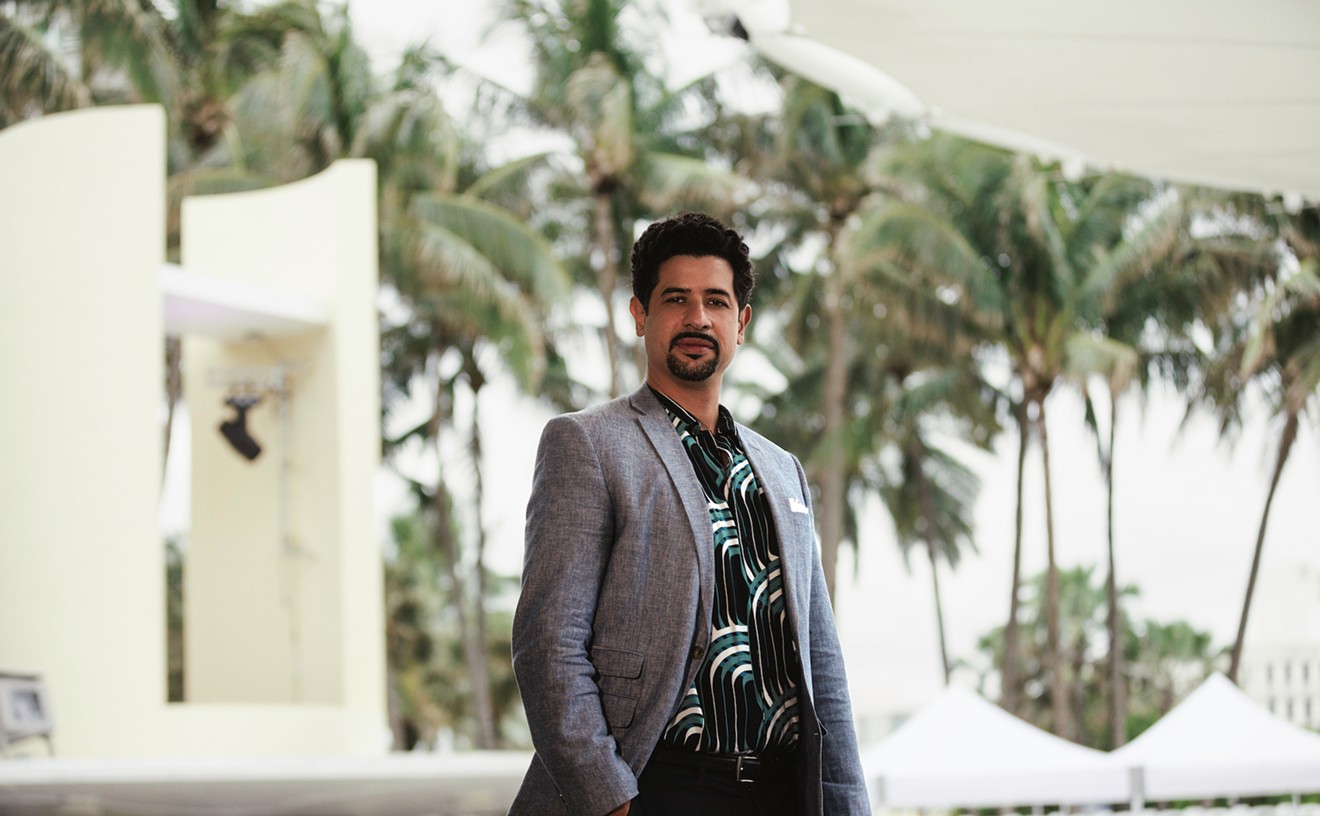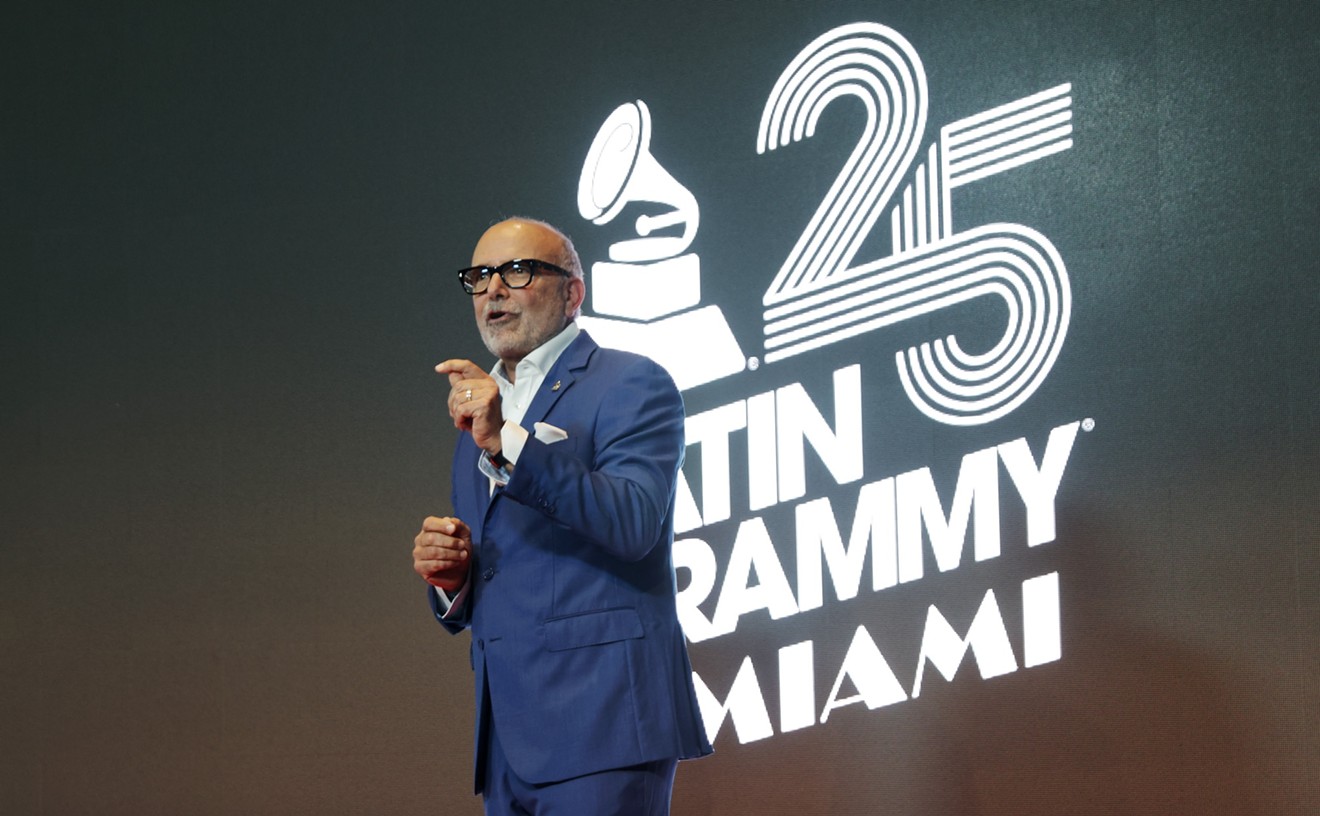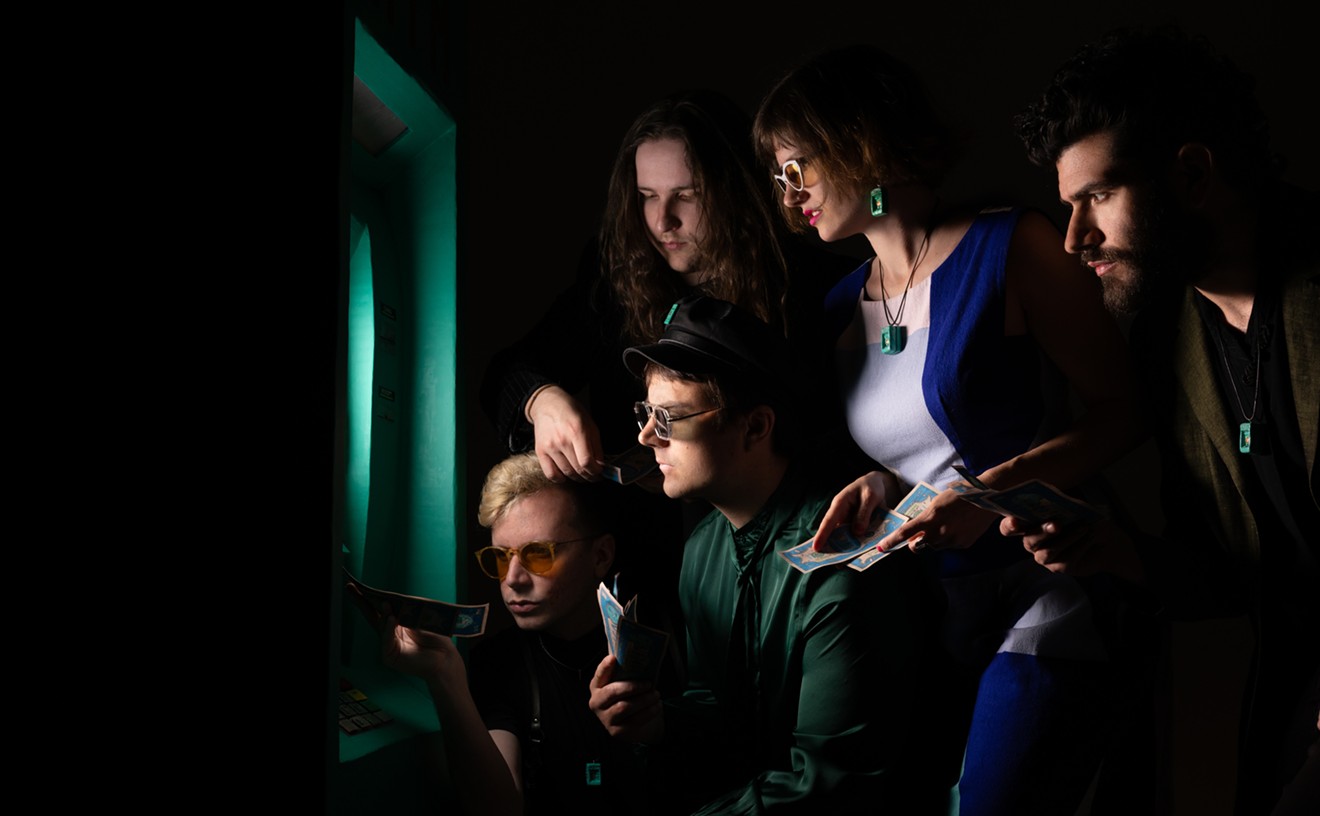The year is 1958. A portable Zenith Royal 500D transistor radio blares flamenco on the dock of a bustling fishing port in southwestern Spain. Seagulls circle, schooners and charter boats sit anchored, and tough-looking men begin to unload cargo. The air is sharp with the ocean's salty scent, and the crew reeks of old fish and a thousand cigarettes.
A song flutters in the background as the dockworkers lift crate after crate of lobster and hoist giant nets bursting with shrimp. None of them even notices when the radio broadcaster introduces an 11-year-old boy who will entertain listeners with a solo guitar recital.
But when the music begins, those closest to the radio pause and turn. Everyone stops working, if only for a second or two. The entire port grows silent as anyone with a radio has pulled it out, dialed in, and turned up the volume. Soon the entirety of Spain will become rapt and reverent, caught in a trance-like state anytime this boy grabs his guitar.
Spanish flamenco virtuoso Paco de Lucía (born Francisco Gustavo Sánchez Gómez) was destined to command an audience. And those first, fiery staccato notes he plucked during his public debut on Radio Algeciras begat a lifelong career — from child prodigy to international sensation — as a master guitarist.
On December 21, 1947, de Lucía was born into a highly musical family with a decorated flamenco pedigree. His father was legendary guitarist Antonio Sánchez, and two of his four older brothers were equally accomplished vocalists. According to lore, Sánchez assigned his youngest son a 12-hour practice regimen when he was only 5 years old. At age 14, he was touring with acclaimed dancer José Greco's troupe. And at 17, he forged a dual-guitar partnership with Madrileño guitarist Ricardo Modrego.
With Modrego, de Lucía made his recording debut, Dos Guitarras Flamencos en Stereo. But it was with his second major collaborator — Andalusian singer Camarón de la Isla (born José Monje Cruz) — that the maestro matured and truly began to build an entirely distinct, incomparable body of work. From 1969 to 1977, the two men traveled back and forth across Spain on one long, never-ending tour, during which they also released nine albums together — plus a mountain of solo releases, including masterpieces from de Lucía such as Fuente y Caudal and Almoraima.
While rooted firmly in flamenco, de Lucía had a drive to compose original music that led him to challenge the genre's essential traditions, basic properties, and sonic parameters. The guitarist began to steer his already highly advanced style into new, postflamenco terrain. His manipulation of dissonance, tireless linearity, and use of a signature percussive style set him apart from his predecessors.
In 1979, de Lucía wholeheartedly embraced his experimental tendencies by teaming up with John McLaughlin and Larry Coryell (later replaced by Al Di Meola) to form a group named simply Guitar Trio. Shortly after a tour of Europe, the guitarists released Meeting of the Spirits, a video of a performance at London's Royal Albert Hall.
The footage (which can be viewed on YouTube) is a mission statement that makes the trio's goals loud and clear. Though undoubtedly a descendant of flamenco, de Lucía, McLaughlin, and Coryell's sound was founded upon open-ended, sometimes avant-garde experiments with genre and technique. Classic toque-style playing was interwoven with sparse and/or repetitious minimalism akin to that of American composers Steve Reich and Philip Glass, as well as the progressive twang of the American primitivist style epitomized by John Fahey. There was even a fair amount of improvisation, leading to moments that were just as wild and unpredictable as a jazzy sax solo teetering off the edge or a psychedelic jam band on the verge of exploding. Finding a perfect balance between collaborating and soloing, these three players produced a powerfully deep acoustic guitar experience.
After tending to this collaboration for most of his career, de Lucía, McLaughlin, and Di Meola were suddenly a recognized supergroup, not unlike Crosby, Stills, Nash & Young. Clearly thirsting for a songwriting outlet that would be exclusive to his interests, he started the Paco de Lucía Sextet in 1981. And since then, the band has gone through numerous iterations, often featuring his brother Pepe on vocals and Ramón de Algeciras on guitar.
One of the sextet's most notable productions was the 1990 album Zyryab, which featured American jazz pianist Chick Correa, yet another incredible collaboration for the endlessly creative de Lucía. Zyryab not only enabled two visionaries from different hemispheres to go tit-for-tat, but also reinvigorated public interest in de Lucía's music, ultimately resulting in the re-release of many previously out-of-print records.
In 1991, de Lucía was commissioned by La Sociedad Estatal Quinto Centenario to perform and record his own interpretation of Joaquín Rodrigo's 1939 composition Concierto de Aranjuez. The mournful and evocative epic is a landmark in Spain's musical history, and de Lucía's invitation to perform was practically a formal canonization of the guitarist and his near-mythical abilities.
The legend of Paco de Lucía might appear to be far-fetched. But quite honestly, this man's music seems impossible when described and remains unbelievable when witnessed live.










